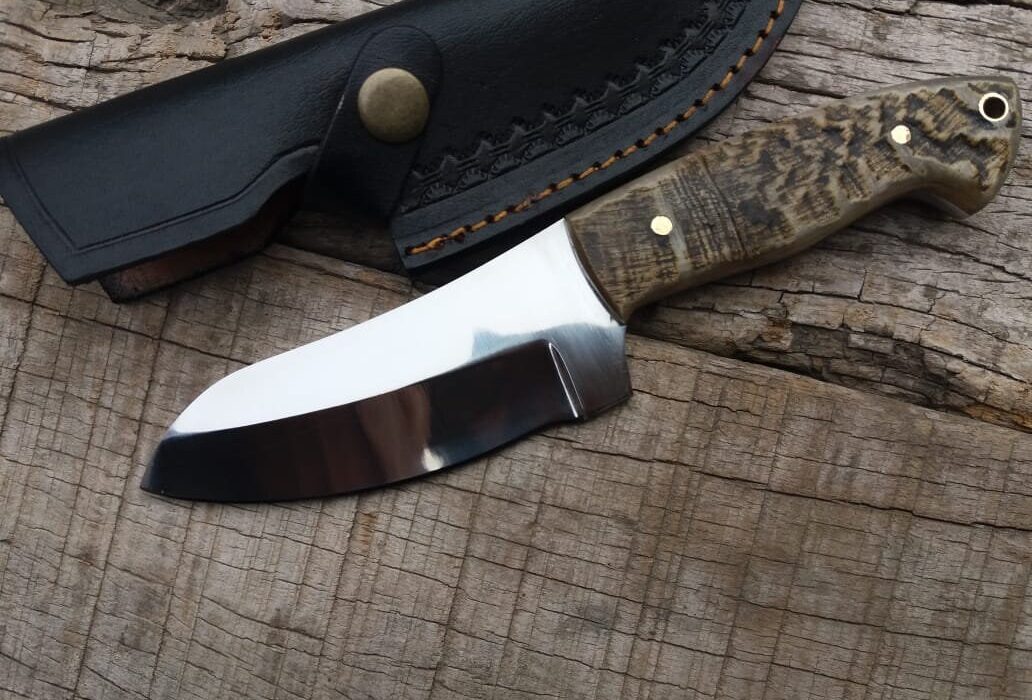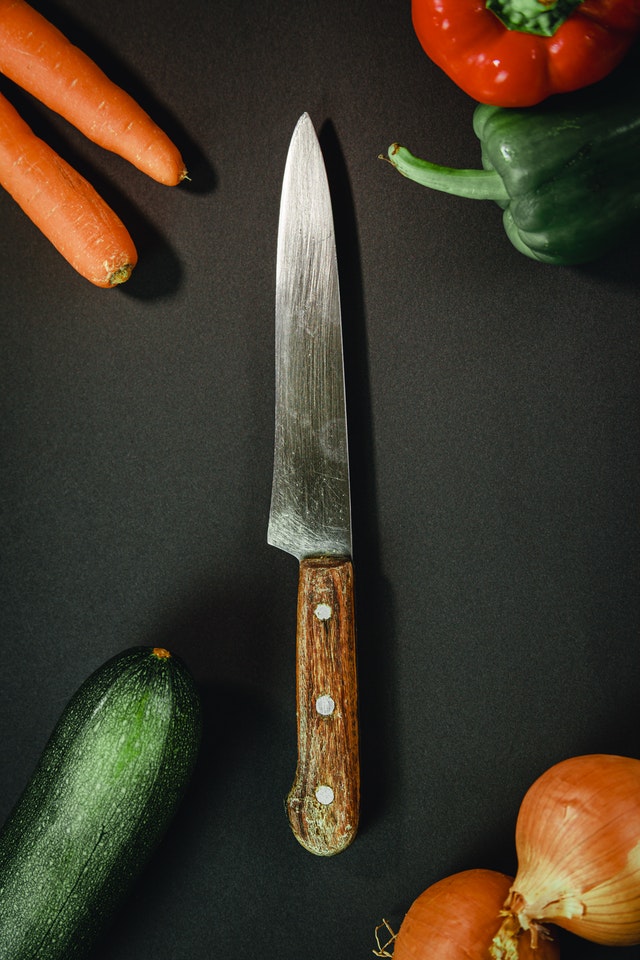Sharpening your kitchen knives is an essential skill for any culinary enthusiast or professional chef. However, many people unknowingly make common sharpening mistakes that can lead to dull blades and frustration. In this article, we will explore these mistakes and provide helpful tips on how to avoid them, ensuring your knives stay sharp and ready for use.

Understanding the Importance of Proper Sharpening
Proper sharpening is crucial for maintaining the performance and longevity of your kitchen knives. A well-sharpened knife not only makes food preparation easier but also ensures safety in the kitchen. However, to achieve this, you must be aware of the common sharpening mistakes that can hinder your efforts.
1. Using the Wrong Sharpening Tool
One of the most common sharpening mistakes is using the wrong tool for the job. There are numerous sharpening tools available, including whetstones, sharpening rods, and electric sharpeners. Each tool has its pros and cons, and selecting the right one depends on your skill level and the type of knife you are sharpening. For more insights on sharpening tools, visit types of knives.
2. Incorrect Angle Maintenance
Maintaining the correct angle while sharpening is vital. A consistent angle ensures that the blade is evenly sharpened. A common mistake is allowing the angle to fluctuate, which can result in an uneven edge. Generally, a 15-20 degree angle is recommended for most kitchen knives.
Tips for Maintaining the Proper Angle
Utilize angle guides or sharpening jigs to keep the blade at the correct angle. Practice makes perfect, so take your time and develop a steady hand. For detailed guidance, check out our article on blade retention.
3. Over Sharpening
While it may seem like a good idea to sharpen your knives frequently, over sharpening can wear down the blade prematurely. This is a common sharpening mistake that can be avoided by sharpening only when necessary.
Recognizing When to Sharpen
Test your knife’s sharpness by gently slicing through a sheet of paper. If the blade cuts cleanly, it’s still sharp enough. If not, it might be time for a touch-up. Remember, less is often more when it comes to sharpening.
4. Ignoring Burr Formation
During the sharpening process, a burr or tiny ridge of metal forms on the blade. Ignoring burr formation is a common mistake that can lead to a dull edge. It’s essential to remove this burr by honing the knife after sharpening.
Effective Burr Removal Techniques
Use a honing rod to gently remove the burr. Slide the blade along the rod at the same angle used for sharpening. Repeat this process a few times on each side of the blade.
5. Not Cleaning the Knife After Sharpening
After sharpening, small metal filings and residue can remain on the blade. Failing to clean the knife is a common mistake that can affect both the knife’s performance and food safety.
Proper Cleaning Methods
Rinse the knife under warm water and use a mild detergent to remove any residue. Dry the blade thoroughly before storing it.
6. Storing Knives Improperly
Improper storage can quickly undo your sharpening efforts. Storing knives in a drawer can cause them to knock against other utensils, dulling the edge.
Safe Knife Storage Options
Consider using a knife block, magnetic strip, or protective sleeve to store your knives. These options prevent unnecessary contact and help maintain the edge.
7. Neglecting Regular Maintenance
Regular maintenance is key to keeping your knives in top condition. Neglecting this aspect is a common sharpening mistake that can lead to dull blades.
Simple Maintenance Routines
Make a habit of honing your knives before each use to maintain their sharpness. Additionally, periodically check for any signs of wear and address them promptly.
8. Sharpening at the Wrong Time
Timing matters when it comes to sharpening. A common mistake is sharpening right before a big cooking session when you’re in a rush.
When to Sharpen Your Knives
Plan your sharpening sessions when you have ample time to focus on the task. This ensures that you can pay attention to detail and avoid mistakes.
9. Using Excessive Force
Applying too much pressure while sharpening is a common mistake that can damage the blade and result in uneven sharpening.
Finding the Right Pressure
Let the sharpening tool do the work. Use light, controlled strokes to maintain an even edge without damaging the blade.
10. Overlooking Knife Material
Different knives are made from various materials, each requiring specific sharpening techniques. A common mistake is using a one-size-fits-all approach.
Understanding Material Specifics
Research the material of your knife and follow manufacturer recommendations for sharpening. This ensures that you don’t inadvertently damage the blade.

FAQs on Common Sharpening Mistakes
1. Why is my knife still dull after sharpening?
One possibility is that you’re not maintaining a consistent angle while sharpening. Ensure you’re using the correct technique and angle for your knife.
2. How often should I sharpen my kitchen knives?
The frequency of sharpening depends on how often you use your knives. Generally, sharpening every few months is sufficient for regular home use.
3. Can I use an electric sharpener on all types of knives?
Not all knives are suitable for electric sharpeners, especially those with delicate blades. Check your knife’s material and manufacturer’s guidelines before using an electric sharpener.
In conclusion, avoiding common sharpening mistakes is essential for maintaining the quality and performance of your kitchen knives. By understanding the importance of proper tools, techniques, and maintenance, you can ensure your knives remain sharp and ready for any culinary challenge. For further reading on knife sharpening techniques, visit blade re-profiling.
This article contains affiliate links. We may earn a commission at no extra cost to you.


